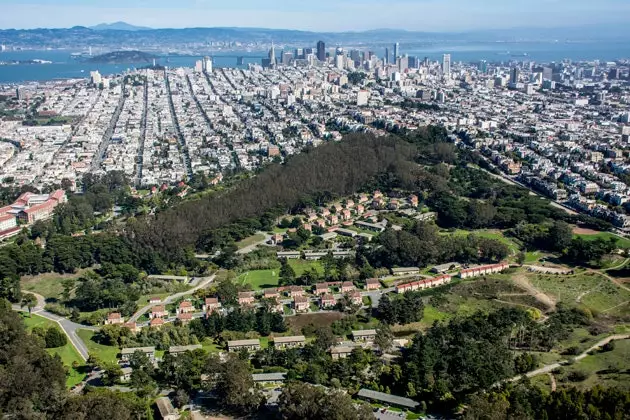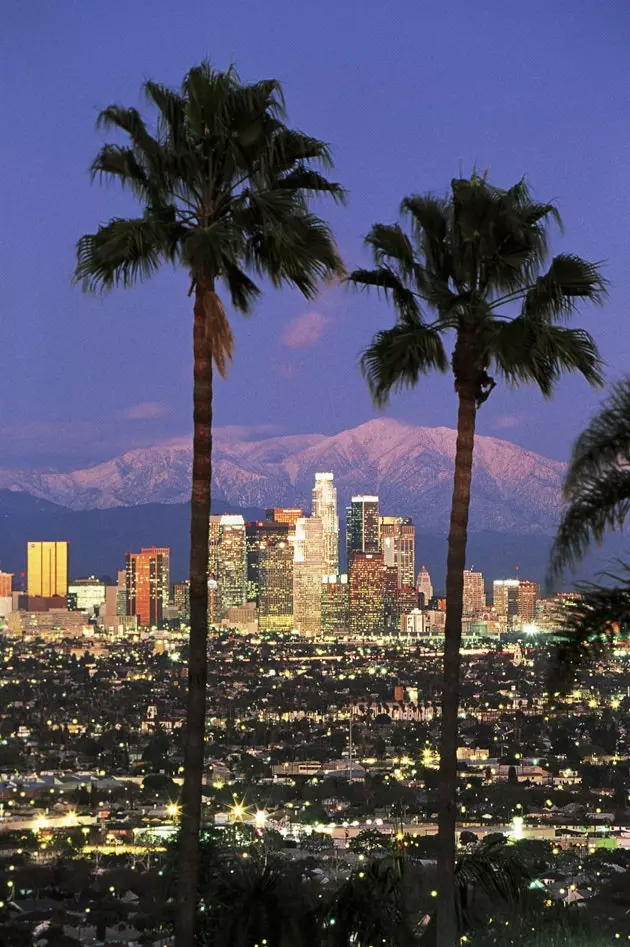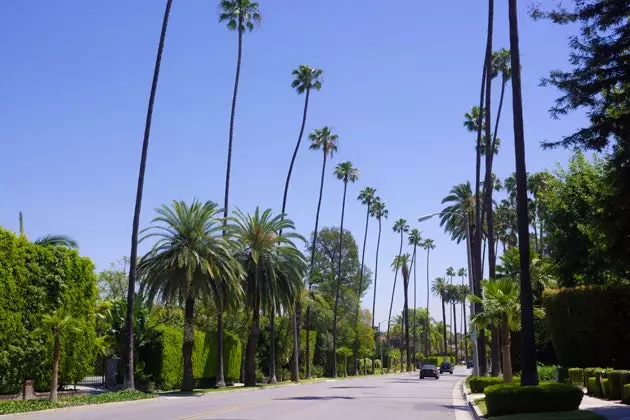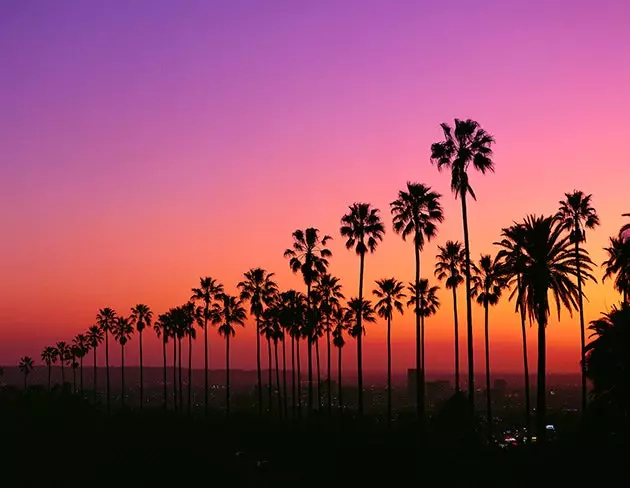
The urban forest of Los Angeles
Palm trees looking at the sky looking for the breeze, rows of fig trees escorting the cars on the sidewalks, the leaves of the magnolia trees bathing the daring passers-by in shadows. Call me crazy but please come to see the dendrological spectacle that emerges in the streets of this unique city.
Despite the drought that has affected us for two years, the green table continues to beat. Many will wonder when Los Angeles became this jungle of cement and mountains, where fruit trees, branches, flowers and leaves survive a semi-arid climate with a reputation for little life, populated in theory by native plants typical of the desert.
The complexity of Los Angeles begins with its ten million trees, two of them maintained by the city council. Its salvia runs through nearly 700,000 streets and the diversity is so wide that there are almost 1,000 species that grow them, this being one of the cities with the most tree population in the world . The urban forest, like so many other things, owes its existence to settlers, beginning gardeners, who brought exotic plants from their countries. From Australia to the Andes through the Canary Islands or the tropics, These pioneering farmers innovated the Angeleno landscape by planting what reminded them of their hometowns. The result is magnificent, n true paradise of trees within the reach of any tourist.

The palm trees that are not missing
In the idyllic portrait of Los Angeles, one always imagines a palm tree in its sunsets, on its beaches or in Hollywood. Well, the truth is that they are not from the city. The first date palm, due to its biblical association, was planted by a Spanish Franciscan in 1769 with Mexican seeds . The Indians began to use them in the Spanish missions to build clothing, baskets and shelter. It would be unfair for the Spanish to take over the symbol, because the real explosion of palm trees, and its birth as an emblem of Los Angeles, occurred in 1932 during the preparation of the Olympic Games and as part of the city's image cleaning program.
25,000 palm trees were planted to also solve the unemployment problem that the depression had created. Since then the city has more than 100 types of palm trees that decorate, with their graceful movement depending on the wind, streets, aqueducts, promenades and even highways (beautiful streets to see them are 5th St, Beverly Bvld, or Laveta Terrace in Echo Park ) .
Another frequent tree in LA are the eucalyptus gum , those giants that appear in the news more than once because one of their branches has left several houses without electricity or has fallen on a poor driver. Native to Australia, these trees came to California in the middle of the last century due to the railway builders' need for wood (they can be seen at Main St intersects with Spring St ) . Ecologists consider this green giant an invader that dares to destroy native vegetation, causing more fatalities each year than any other tree in the region.

Palm trees in Beverly Hill
And since we are touring the urban forest as a reason for traveling, highlighting the streets populated by jacarandas (corner of Hope and Flower St. Ayres Ave or Miracle Mile or Alpine St in Beverly Hills), from cedars (on Los Feliz Boulevard), magnolia trees (on Magnolia St, which inspired Paul Thomas Anderson's film of the same title), from cherry trees brought from Japan (Lake Balboa in Van Nuys) that bloom in spring imitating the landscape of the Far East.
In reality, the history of the city is associated with a tree around which the Tongwa , indigenous people of the region who created a canopy with their branches and turned it into the first market in the city. If no native trees visually define the orography of Los Angeles, this documented alder occupied a symbolic place for several centuries. The alder was a witness tree for hundreds of years of the history of the city that was born at the foot of its roots. The missing tree, 60 feet tall and 200 feet in diameter , was visible from far distances, becoming a point of reference for travelers. Today, with the alder in memory, tourists can come and enjoy in his honor the majestic grove that populates Los Angeles.
Follow @mariateam
*** You may also be interested in...**
- Los Angeles in a bowl
- Los Angeles Guide
- Two for the Road: From Los Angeles to Las Vegas
- The Great American Road: first stage, Los Angeles
- Los Angeles for pedestrians
- Radar Traveler: where to meet celebrities in Los Angeles
- The sexy side of Los Angeles
- Comfort Food, simple cooking is coming
- All the articles of María Estévez

Los Angeles: a forest icon
